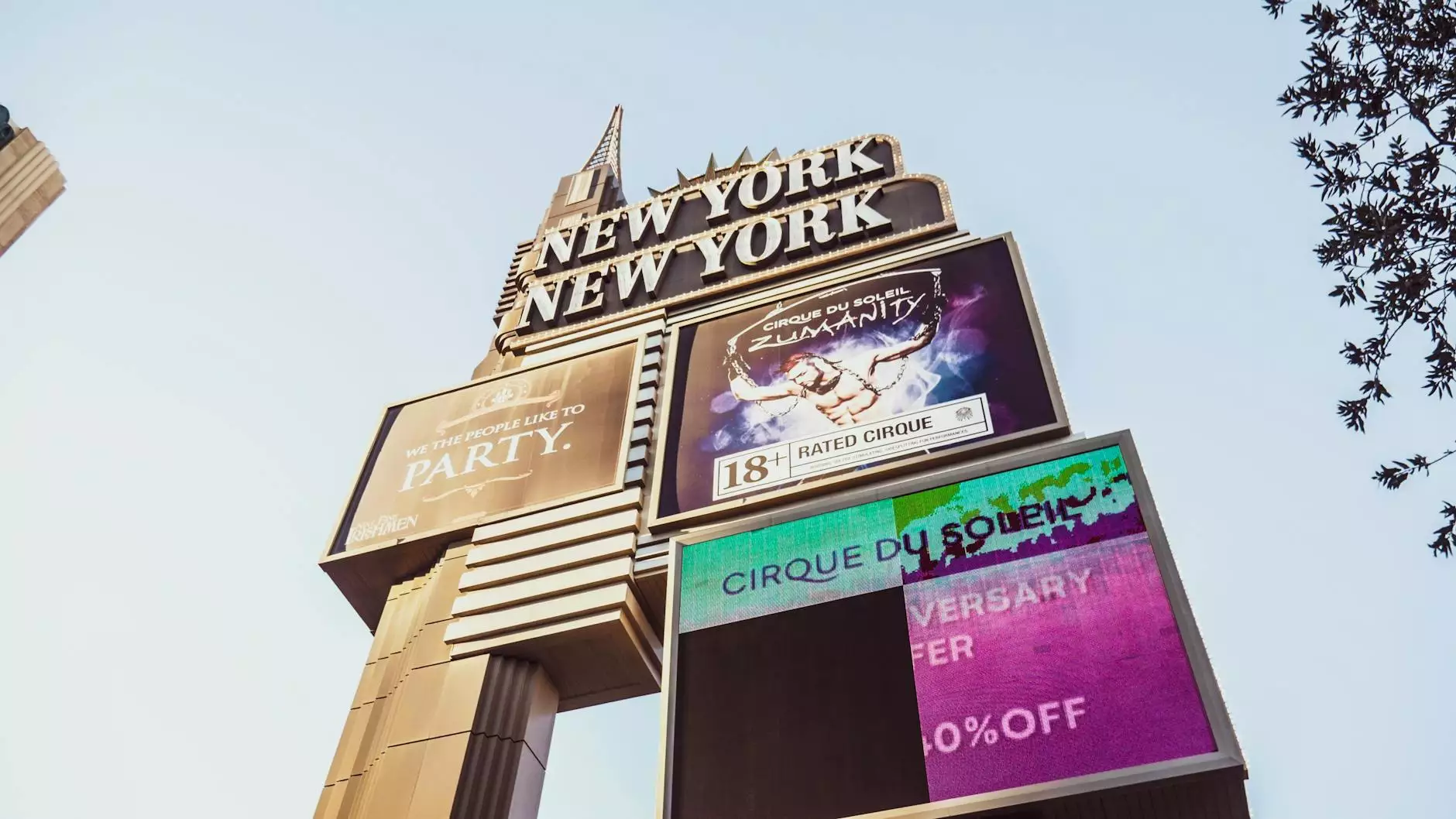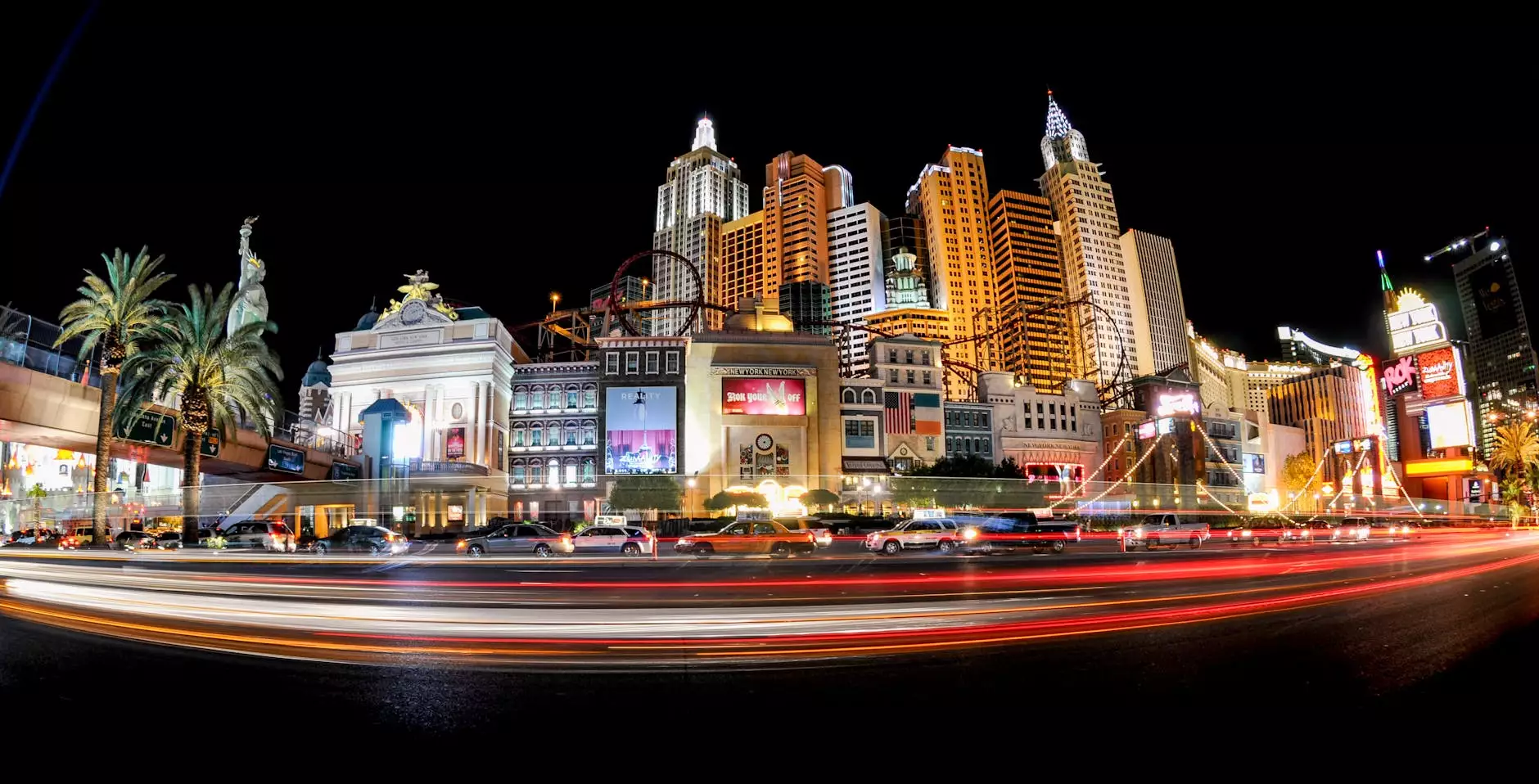Unveiling the Power of Site-Specific Public Art: Transforming Urban Spaces & Engaging Communities

In the dynamic realm of contemporary art, site-specific public art has emerged as a revolutionary movement that redefines how we interact with our environments. Unlike traditional art housed within galleries or museums, site-specific public art is crafted to exist within, respond to, and become an integral part of a particular location. This form of artistic expression not only embellishes urban landscapes but also fosters meaningful connections between art, community, and space.
What Is Site-Specific Public Art? The Essence of Contextual Creativity
Site-specific public art is an art form designed with careful consideration of its location, environment, and societal context. It transcends mere aesthetics, serving as a medium for storytelling, cultural dialogue, and environmental reflection. Artists engaging in this discipline often work closely with communities, urban planners, and local authorities to ensure their creations are profoundly intertwined with the setting’s history, culture, and social fabric.
This unique relationship between artwork and context results in pieces that are not only visually striking but also deeply meaningful. Whether it is a striking sculpture in a bustling square, an interactive installation in a public park, or an evocative mural along a city alleyway, site-specific public art transforms ordinary spaces into extraordinary experiences.
The Significance of Site-Specific Public Art in Modern Urban Development
As cities around the world grapple with rapid urbanization, pollution, and social inequality, site-specific public art plays a vital role in urban regeneration and placemaking. Well-executed public art projects can catalyze community engagement, stimulate local economies, and instill a sense of pride and ownership among residents.
Furthermore, site-specific public art encourages multiple layers of interaction: it can be seen, touched, participated in, or even reshaped by visitors. These participatory elements foster a dynamic relationship between the artwork and its viewers, making each encounter unique and personal.
Key Benefits of Site-Specific Public Art in Communities
- Enhances Urban Aesthetics: Replaces bland or neglected spaces with captivating, meaningful artworks that uplift the visual environment.
- Fosters Community Identity: Reflects local history, culture, and values, strengthening residents' sense of belonging and pride.
- Encourages Social Interaction: Acts as a gathering point and catalyst for public dialogue and community events.
- Supports Local Economies: Attracts tourism and stimulates local businesses through increased foot traffic and visibility.
- Stimulates Cultural Dialogue: Opens avenues for conversations about societal issues, environmental concerns, and cultural diversity.
Creating Impactful Site-Specific Public Art— The Process and Best Practices
Transforming an empty space into a vibrant artwork involves meticulous planning, community collaboration, and artistic innovation. Below are the core steps involved in creating impactful site-specific public art projects:
1. Deep Site Analysis and Contextual Understanding
Understanding the physical, historical, cultural, and social fabric of a location is critical. Artists and stakeholders conduct thorough research, engaging with local histories, stories, and current community needs.
2. Community Engagement and Participatory Design
Involving community members ensures the artwork resonates and serves its intended purpose. Workshops, surveys, and collaborative brainstorming sessions foster a sense of ownership and authenticity.
3. Artistic Concept Development
Designers develop concepts that intertwine visual impact with meaningful narratives. The artwork should respond to the site’s unique characteristics, physical constraints, and cultural significance.
4. Material Selection and Technical Planning
Durable, sustainable materials are selected to withstand environmental factors and urban dynamics. Technical considerations include safety, accessibility, and longevity.
5. Installation and Public Interaction
The installation phase involves meticulous craftsmanship and collaboration with local authorities. Post-installation, promoting interaction and understanding of the artwork maximizes its impact.
6. Evaluation and Community Feedback
Continuous assessment and feedback loops help refine the artwork’s relevance and functionality, ensuring its ongoing vitality within the community.
Case Study: Exemplary Site-Specific Public Art Creations That Inspire
One notable instance of compelling site-specific public art is Grimanesa Amorós' luminous lantern installations along urban waterways. Her innovative approach combines light, sculpture, and community participation, transforming static locations into vibrant, storytelling landscapes. Her projects exemplify how art can resonate deeply within its environment, catalyzing cultural pride and environmental awareness.
Why Choose Grimanesa Amorós for Your Site-Specific Public Art Needs?
As a renowned artist specializing in large-scale, transformative site-specific public art projects, Grimanesa Amorós has a proven track record of creating works that invigorate spaces and engage communities. Her expertise spans a variety of mediums, including light installation, sculpture, and interactive multi-sensory experiences.
Partnering with professionals like Grimanesa ensures your project benefits from her nuanced understanding of the artistic, environmental, and social complexities involved. Her commitment to innovation and community integration guarantees an artwork that not only beautifies but also enriches its surroundings.
The Future of Site-Specific Public Art: Trends and Opportunities
Looking ahead, site-specific public art is poised to become even more integrated with digital technology, sustainability initiatives, and community-led design processes. Augmented reality (AR), virtual engagement platforms, and eco-friendly materials are revolutionizing how artists and communities collaborate. This evolution fosters even deeper connections, making public art a vital component of smart, resilient, and inclusive urban development.
Conclusion: Embracing the Power of Site-Specific Public Art in Creating Vibrant, Meaningful Spaces
The importance of site-specific public art in shaping vibrant, inclusive, and culturally rich urban landscapes cannot be overstated. It is a transformative tool that elevates public spaces, fosters community dialogue, and reflects the unique identity of each locale. The combination of artistic mastery, community engagement, and thoughtful environmental integration results in creations that inspire, educate, and unite.
For those seeking to harness the full potential of site-specific public art, partnering with experienced artists like Grimanesa Amorós offers unparalleled opportunities to make a lasting impact. Whether revitalizing a neglected alleyway, breathing new life into a public park, or celebrating local heritage, innovative public art initiatives are essential to building welcoming, meaningful urban experiences.
Transform Your Urban Space Today with Exceptional Site-Specific Public Art
Empower your community, beautify your environment, and tell your story with thoughtfully designed site-specific public art. Discover how collaborative creativity can turn ordinary places into extraordinary landmarks that resonate for generations to come. Contact Grimanesa Amorós and her dedicated team to begin your journey toward iconic, impactful public art installations today.









